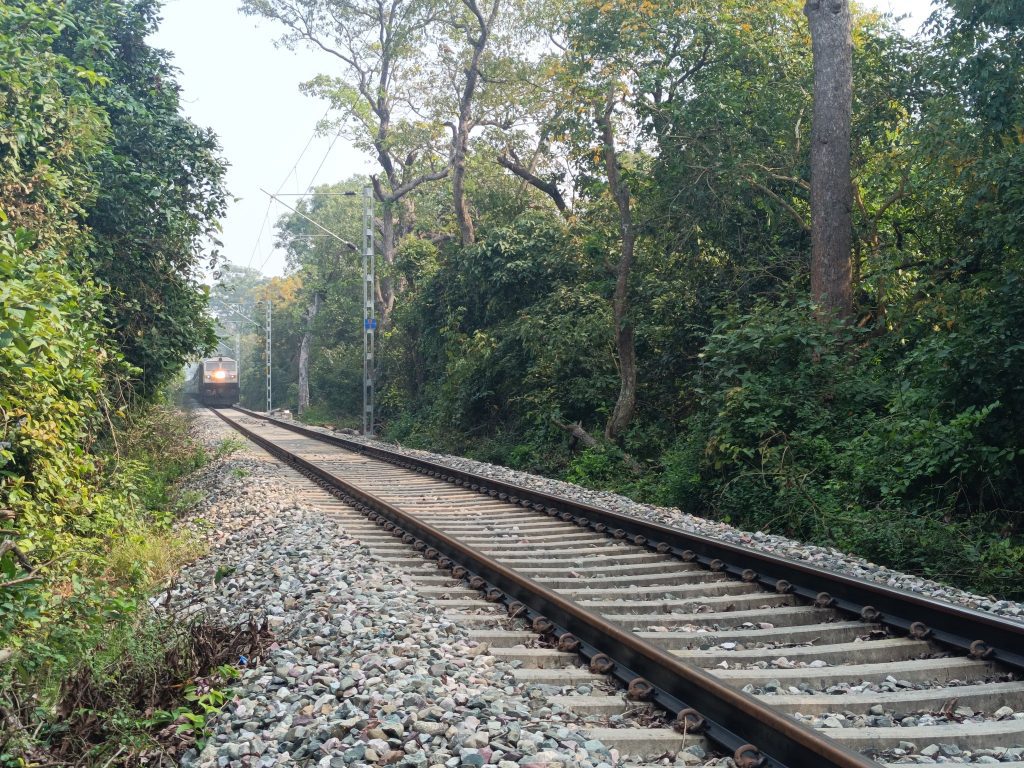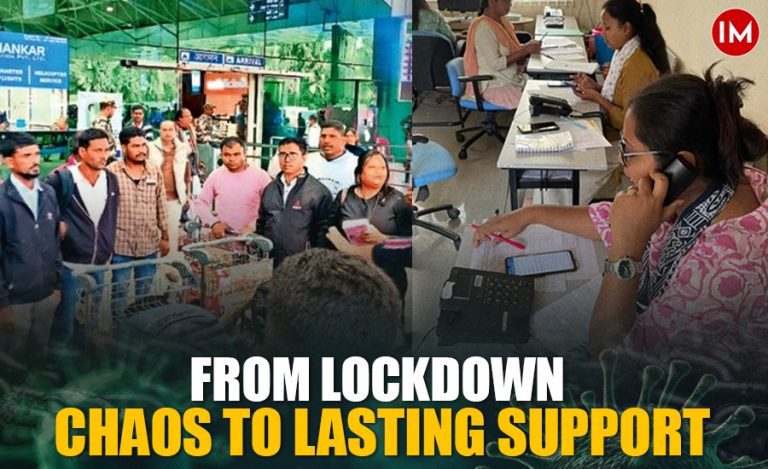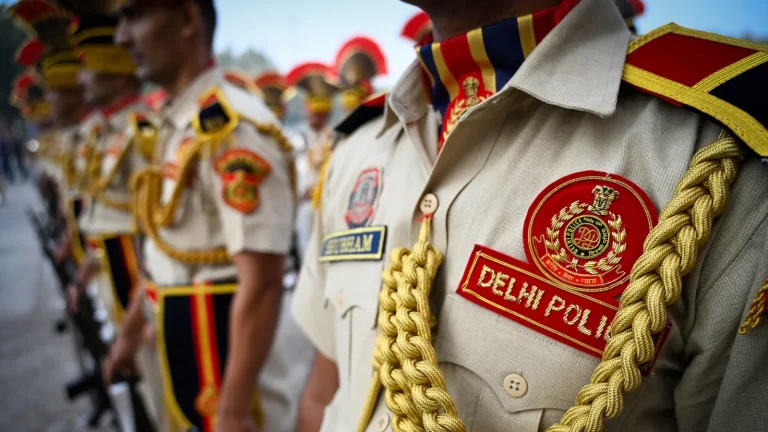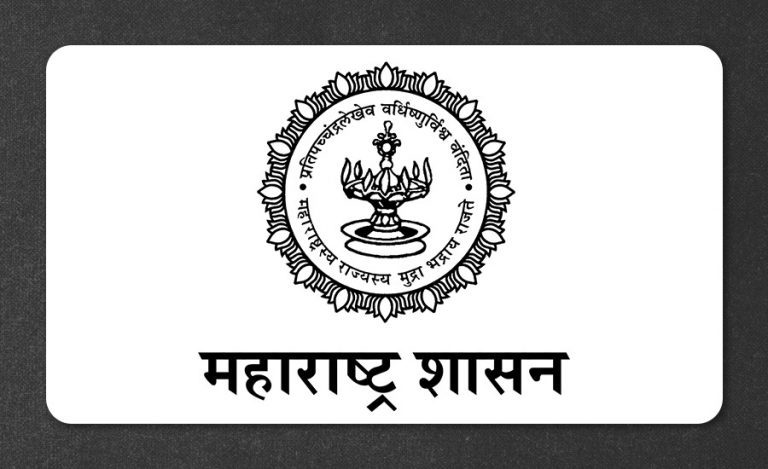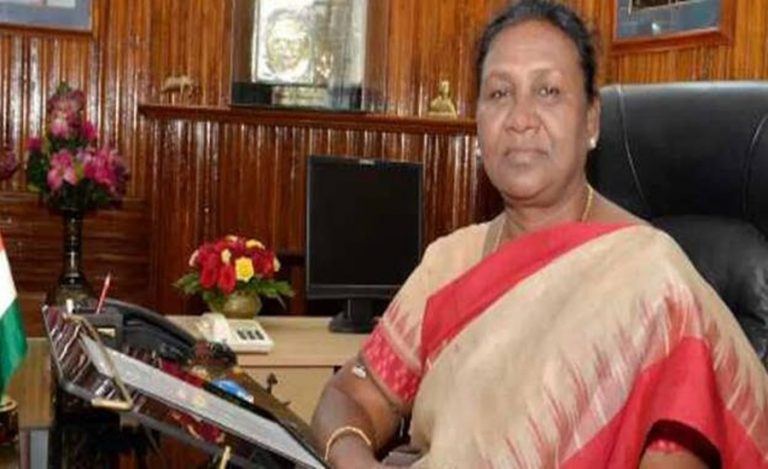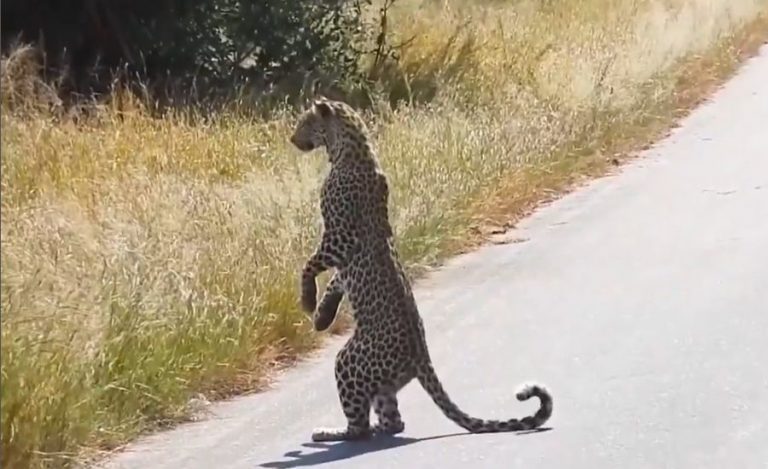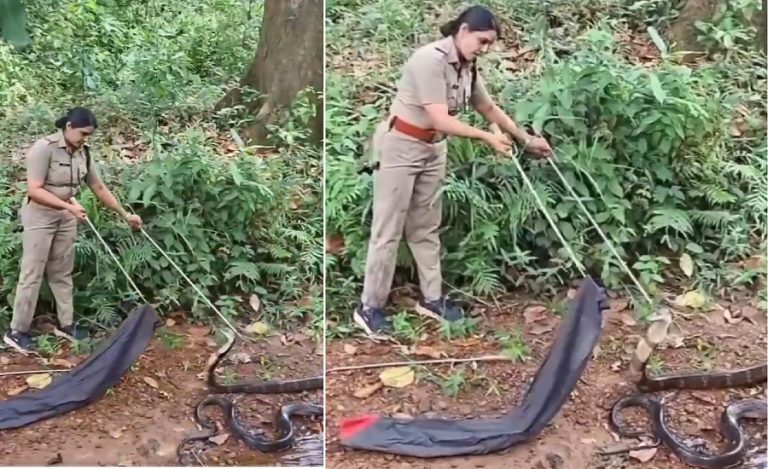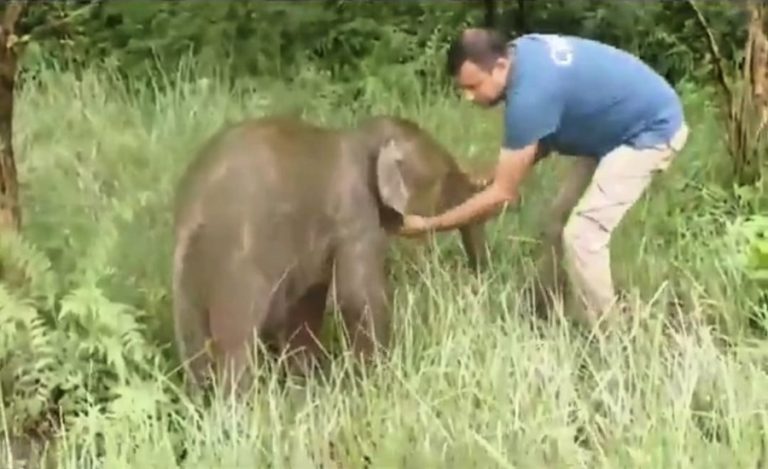The Tarai Central division is an important elephant corridor in Uttarakhand. However, in the last five years, there have been many cases of collision between trains running through the forested areas of Tarai Central and the elephants of the Shivalik Elephant Reserve, raising concerns for both the forest and the railway department.
IFS officer Vaibhav Singh, who was earlier posted as the DFO of Rudraprayag, has lately stepped in to head the Tarai Central Division as the DFO.
After completing a successful stint in Rudraprayag, he has now come up with a vision to systematize things in the Tarai division and solve these important issues.
EIGHT CASUALTIES IN FIVE YEARS
Speaking to Indian Masterminds, Mr. Singh said, “There has been eight casualties of elephants in the last five years in Tarai Central division. All of these deaths have been an outcome of the collision or accidents that took place between the train and the animal. This area is very sensitive for the elephants coming from the Shivalik Elephant Reserve landscape and using it as a corridor.”
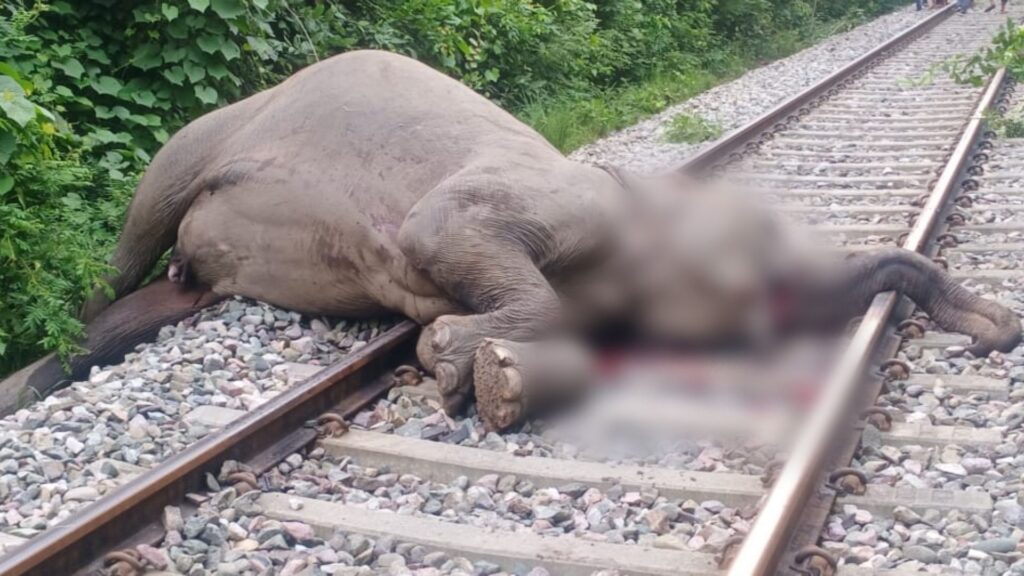
During the winter season, the area is full of fog due to which the visibility is also less. Taking this and other points into consideration, both the forest and the railway department conducted a meeting and arrived at a consensus on a number of interventions to prevent train-elephant collision.
SOLUTIONS ARRIVED AT
During the meeting, many points which were related to these incidents were discussed and solutionS for the same were sought by both the departments. Mr. Vaibhav said that railway tracks are generally raised a bit from the ground, due to which elephants usually find it difficult to cross. When the trains approach, they panic, and this is how most of the accidents are caused. A similar incident took place in 2020 where a calf could not cross the railway track and when its mother came to help, both of them got caught in an accident with the train and died.
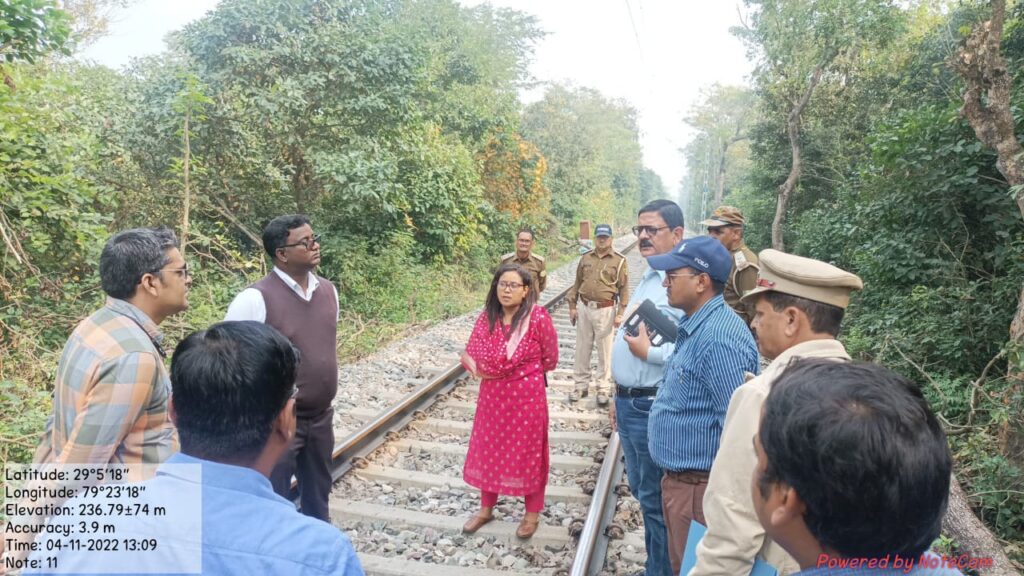
“Hence, we have identified eight to ten such spots where such accidents occur, and have planned on building ramps on both the sides. This is being done so that the elephants can cross the tracks from one side to the other easily,” he said.
Similarly, there are other animals which fall in the same situation, mostly because of getting attracted to stuff thrown by people travelling in these trains. Mr. Vaibhav said, “People throw chips packets and other wrappers on these tracks due to which local animals like deer get attracted. Hence, they also risk their lives on these tracks and sometimes become a part of the collision and die. To stop this, we plan on cleaning these railway tracks. And, in important railway stations like Kashipur, Lalkuan, etc., we will sensitize the people by making announcements to not throw garbage out of the trains, especially in forested areas. Other than this, we also plan to put some signages and boards to inform people.”
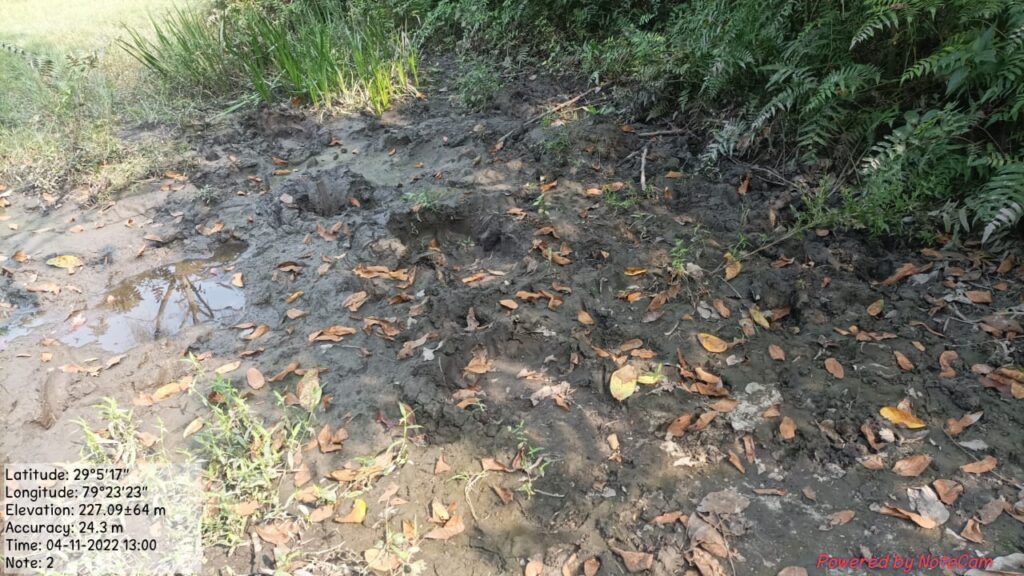
TACKLING WINTER FOG
Another problem is faced during the months of December and January, when there is a lot of fog on the track and the visibility of the loco pilot decreases, due to which accidents may occur. To avoid this, the forest and the railway departments agreed on hiring local watchers to keep a check on the tracks and the animals crossing during late nights and early mornings, when the chances of collision are the maximum.
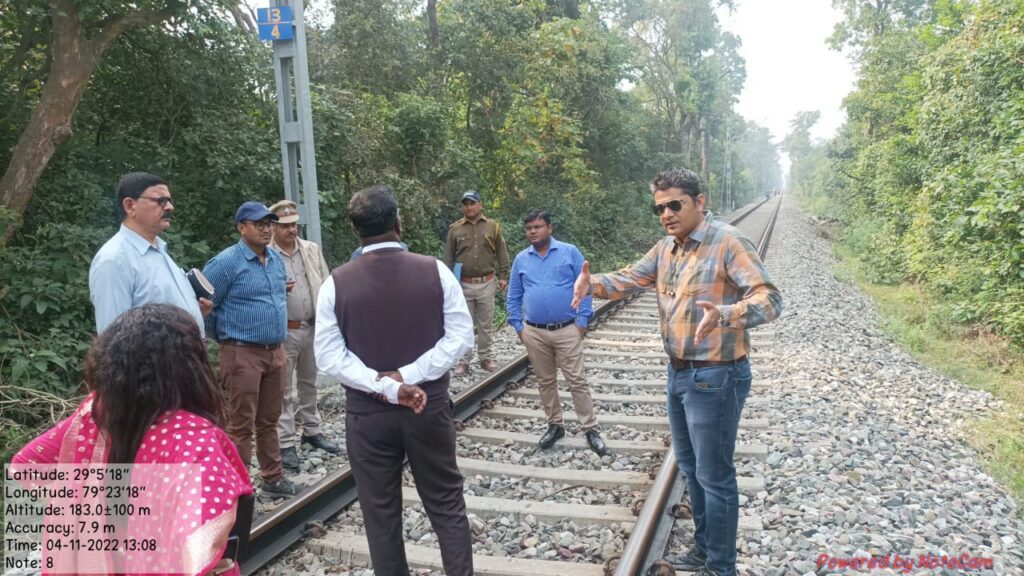
“We will also be conducting regular foot patrolling along the tracks and have also decided to install a wireless base station in the Lalkuan Railway Station so that communication can become easy between the station masters and loco pilots on elephant movement along the railway tracks,” Mr. Vaibhav said.
Apart from this, it was also decided in the meeting to clear the vegetation along the tracks, especially in areas where there are lot of bushes, shrubs and trees, so as to increase the visibility. The meeting was a success as the railway team agreed to the proposals discussed, and, henceforth, will closely coordinate with the forest department to avoid such tragic accidents on the tracks.

